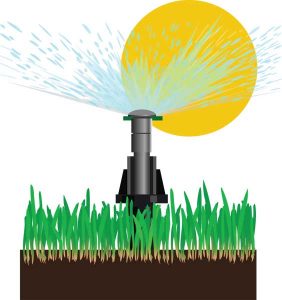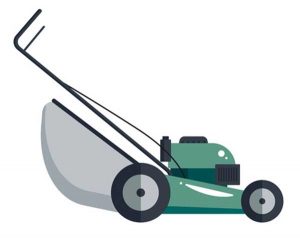Water-Wise Gardening
29 Mar 2019
Increasing droughts require us to scrutinize our garden more closely.
Does your garden pass the conservation test?
By Carol Brock According to the Union of Concerned Scientists, people in the Mountain West and Southwest should prepare for more frequent and severe droughts. A warming world and our semiarid climate means Coloradans must take drought seriously, and a water-wise garden is a great first step. These dozen tips from the Colorado State University Extension will get your garden in water-efficiency mode. For other suggestions, visit https://extension.colostate.edu/Plant in blocks, rather than rows.

This creates shade for roots and reduces evaporation.
Use windbreaks

to protect plants and soil from wind and reduce evaporation.
Water at night or early morning

to avoid evaporation loss and set sprinklers to hit the landscape only, not sidewalks, driveways or walkways.
Control weeds,

which compete with vegetables for water.
Aerate lawn

in spring and fall for better water penetration through the soil.
Group plants

with similar water needs in the same area for easy irrigation. For example, cucumber, zucchini and squash require similar water applications.
Check soil moisture before watering

Insert a 6-inch screwdriver into the soil; if it easily inserts, don’t water.
Watch for footprints on the lawn

Water when footprints or mower tracks are easily visible.
Check sprinklers
 for broken heads and clogged nozzles, and learn how to manually operate your system so you can shut it off during rainy or cool periods.
for broken heads and clogged nozzles, and learn how to manually operate your system so you can shut it off during rainy or cool periods.
Add soil amendments

like compost to improve aeration and water penetration in clay and lightly sandy soils. Mulching controls weeds and keeps soil moister, which reduces irrigation needs.
Set mower blade to the highest level—

2.5 to 3 inches—and make sure it’s sharp. This reduces stress on grass and improves its drought and heat tolerance. Leave grass clippings on the lawn.
Plant drought-tolerant native species













